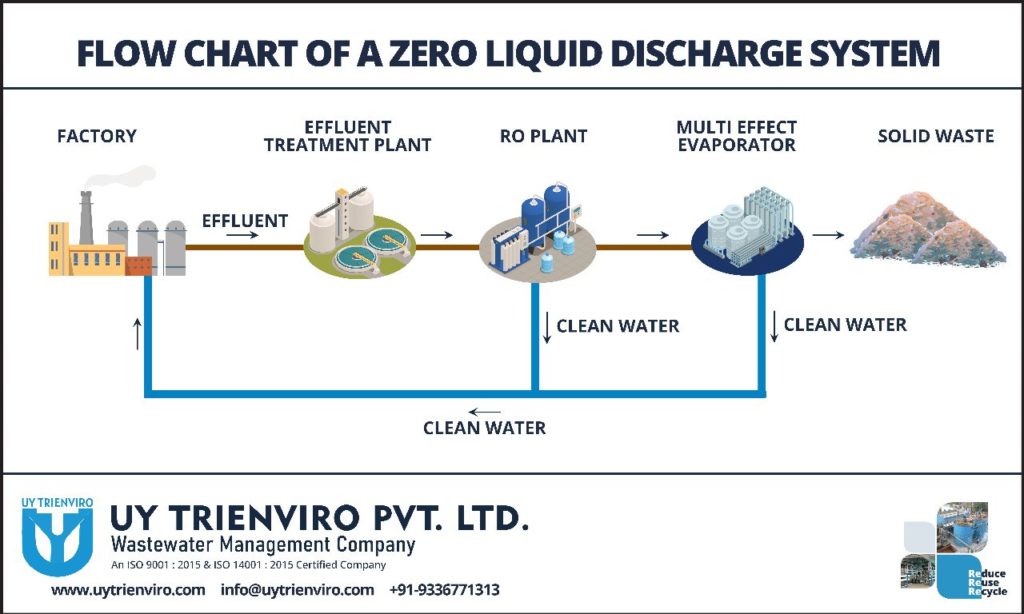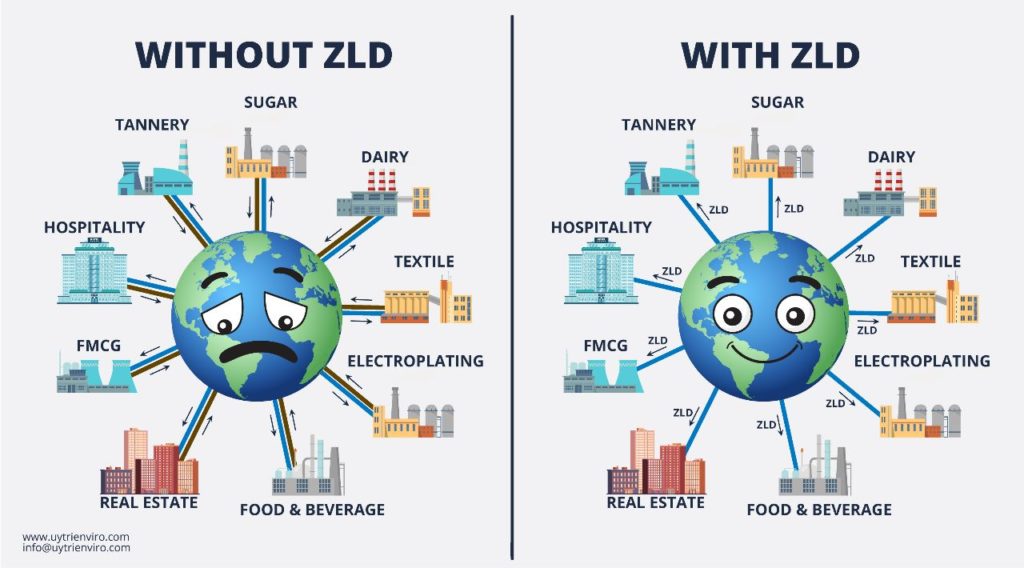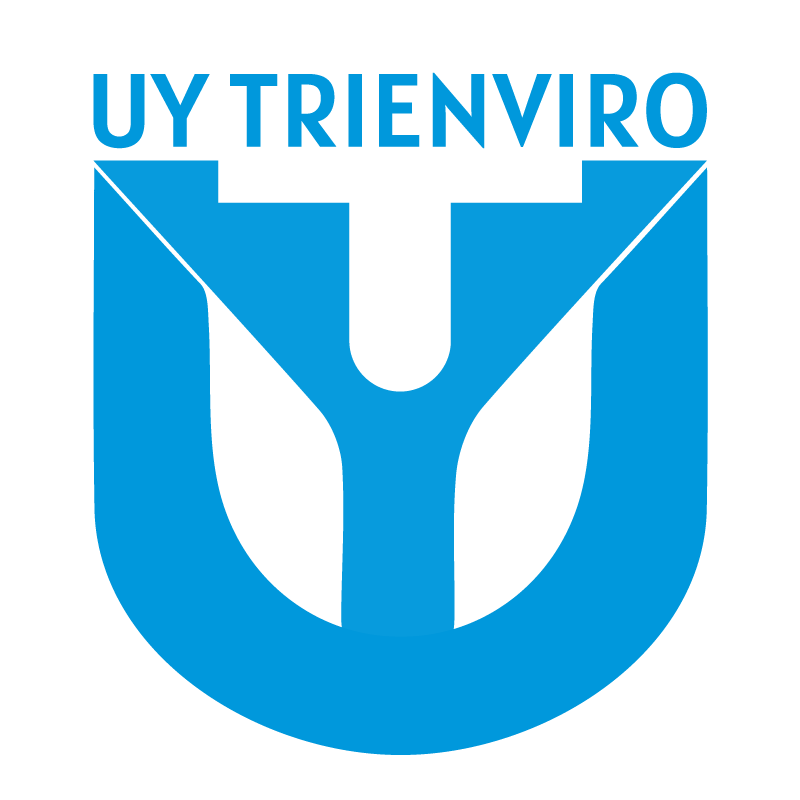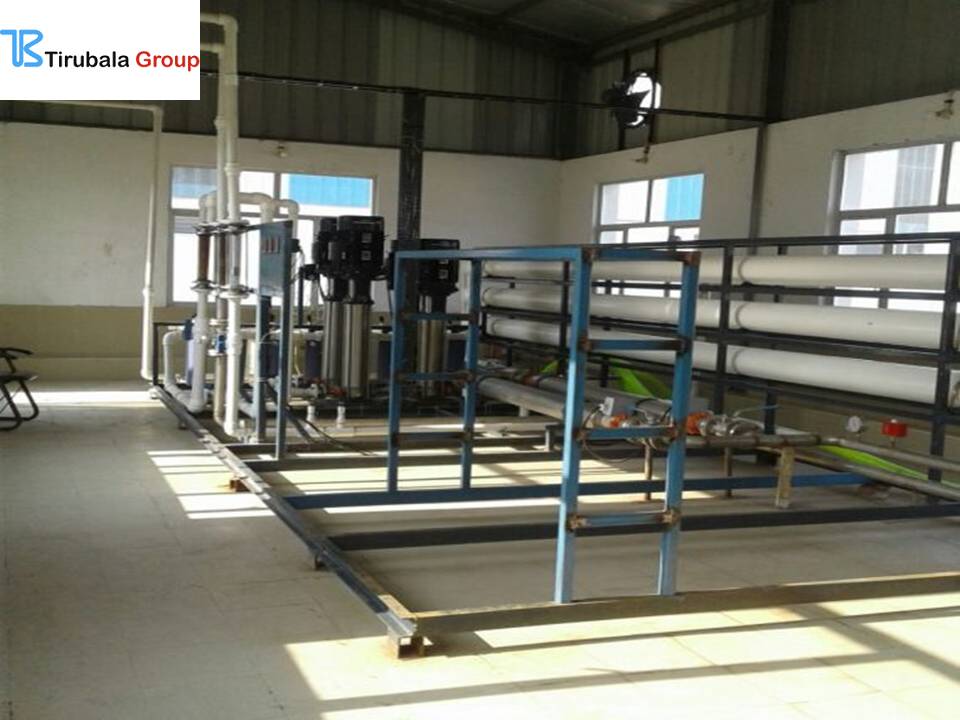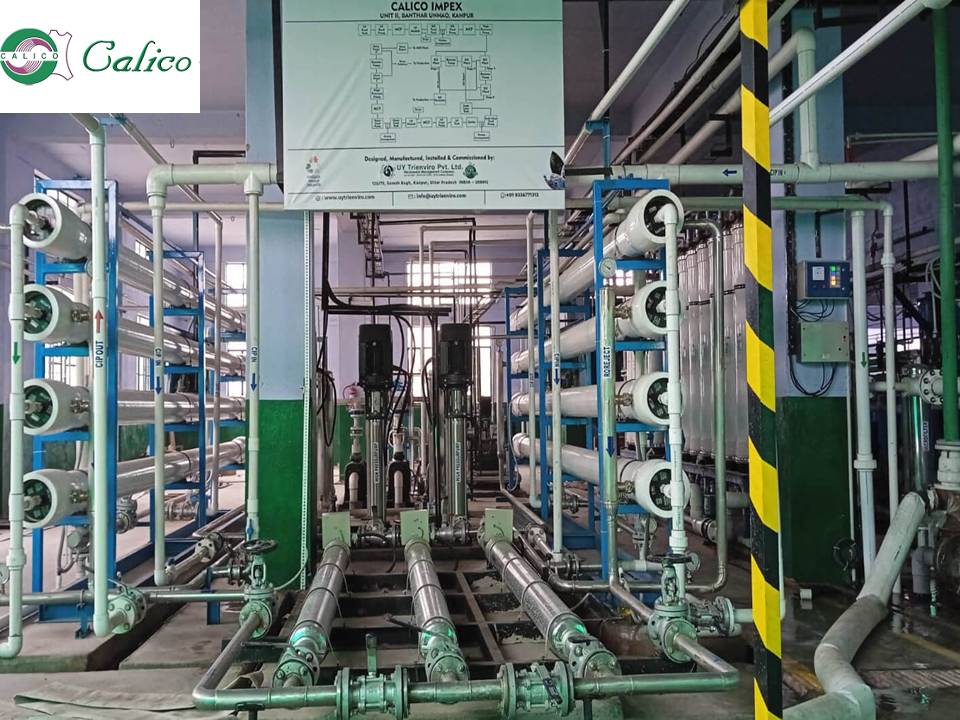Zero Liquid Discharge Systems (ZLD) is advanced wastewater treatment systems that eliminate the discharge of any liquid waste by recovering all the wastewater and converting it into reusable water. The system is designed to solve the problem of water scarcity and environmental pollution that is caused by industrial activities.
In ZLD systems, wastewater undergoes a series of treatment processes that include pre-treatment, reverse osmosis, and evaporation/crystallization. The pre-treatment process removes any suspended solids, oil, grease, and other contaminants from the wastewater before it enters the reverse osmosis stage. Reverse osmosis is a process that uses semi-permeable membranes to remove dissolved solids and other impurities from the water. The reverse osmosis process produces a concentrated wastewater stream and a clean water stream.
The concentrated wastewater stream is then sent to the evaporation/crystallization stage, where it is heated and evaporated until it reaches its saturation point. At this point, the dissolved solids in the concentrated wastewater stream start to crystallize, and the crystals are separated from the remaining liquid. The remaining liquid is then sent back to the reverse osmosis stage, and the crystals are sent to a landfill or reused as raw material in industrial processes.
The purified water stream produced by the reverse osmosis process is of high quality and can be reused for various purposes, including industrial processes, irrigation, and even drinking water in some cases. The ZLD system can also recover valuable minerals and metals from wastewater, which can be reused in industrial processes.
